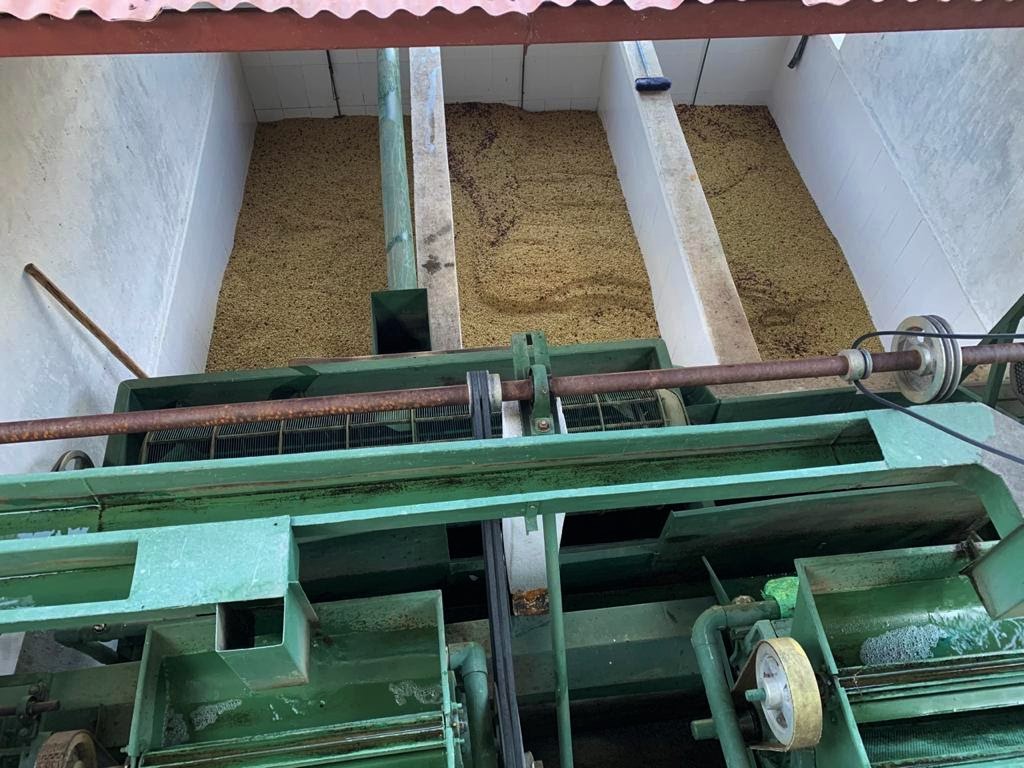Guatemala Amatitlan Finca San Gerardo Red Bourbon GrainPro
Bags 0
Warehouses Oakland
Flavor Profile Fruity, caramel, chocolate, bright
Out of stock
About this coffee
Grower
Paul Starry | Finca San Gerardo
Altitude
1350 – 1500 masl
Variety
Bourbon
Soil
Volcanic loam
Region
Amatitlán, Guatemala Department, Guatemala
Process
Fully washed and dried on patios and raised beds
Harvest
December - March
Certification
Conventional
Coffee Background
San Gerardo is a 70-hectare family estate near lake Amatitlán, one of the country’s largest bodies of water located a short distance south of Guatemala City and east of Antigua. San Gerardo has been in the Starry family since the end of the 1800s. So naturally, Paul tells us, ”coffee is in the blood”.
Prior to coffee, however, the land was used to produce natural dyes, primarily cochineal, a reddish pigment made from the cochinilla insect, a type of scale commonly found on prickly pear cacti throughout Central and South America. The dye is created from centuries-old techniques used by indigenous groups throughout the region to dry and powderize the insects for optimal color. Cochineal was a global commercial export for many countries until the color began to be artificially created and demand for the natural version began to fall. Still, however, Peru produces large quantities for “natural” coloring worldwide, and a well-known global coffee chain used cochineal to color their products as recently as 2012. After converting from cochineal to coffee, Paul Starry’s family never looked back: coffee is currently the only commercial crop produced on San Gerardo.
Paul, the current owner and manager of San Gerardo, oversees multiple fully washed processes on the farm, including both aerobic (full oxygen exposure) and anaerobic (restricted oxygen) fermentation styles, as well as patio and raised bed drying. Paul is constantly working with different varieties of coffee and management techniques—one of the latest being the implementation of drip irrigation across the farm, still a very rare thing in coffee production anywhere.





